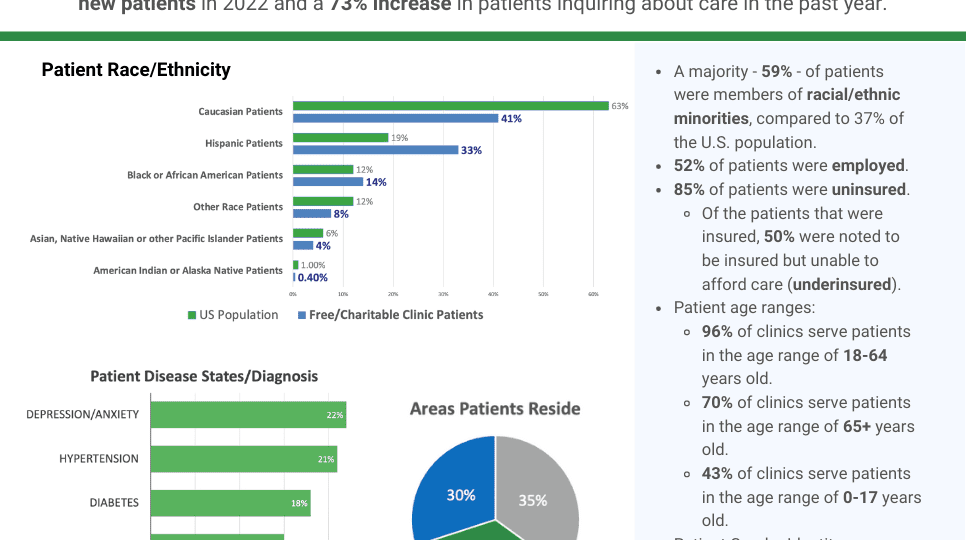
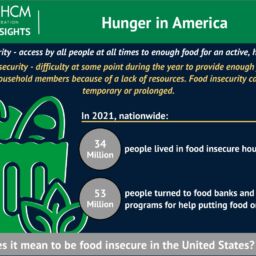
More than 34 million people in the United States were living in food insecure households in 2021, a decline from 38 million in 2020. The combination of the expanded child tax credit, Supplemental Nutrition Assistance Program benefits, and private donations all contributed to reducing food insecurity during the pandemic. Still there is much more work to be done, with food costs spiking 11.4%, the largest annual increase since 1979, inflation factors could easily cause food insecurity to grow.
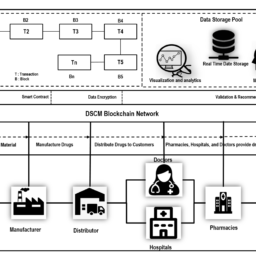
FDA approves 1 Year delay of Track & Trace requirements

Medication non-adherence has led to at least 100,000 preventable deaths each year and $100 billion annually in preventable healthcare costs in the United States
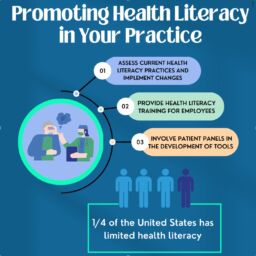
Around one fourth of the United States population does not have adequate health literacy.
Health literacy is defined as the ability to obtain, read, understand, and apply healthcare
information

Good Pill will provide direct access to hundreds of life-saving medications and save families $150+/month on healthcare cost

The five most recent states to expand the scope of reimbursement for pharmacists are Maryland, Missouri, North Dakota, Virginia and Wyoming

Three Healthcare Organizations Join Forces to Save Lives
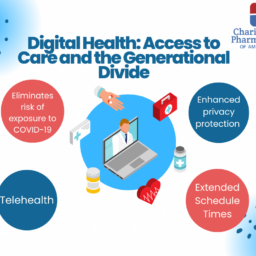
Just as banks have helped seniors bridge the digital divide and leverage online banking to better manage their money, healthcare organizations need to help older adults leverage digital technology to better manage their health.
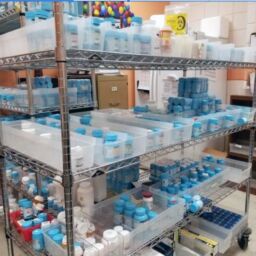
This study represents a rigorous, multi-state evaluation that highlights the impact of a charitable medication access program on hospital utilization for the medically under-served population.

NABP Associate Executive Director Josh Bolin on DSCSA compliance prior to FDA moving compliance deadline.
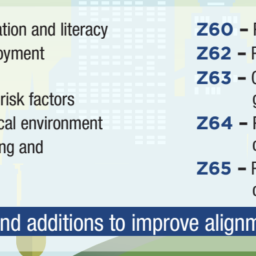
Charitable Pharmacies of America organization member receives Health Equity grant

APPLICATIONS ARE OPEN! – Letters of Intent due 9/15/23

Charitable Pharmacies of America organization member receives Health Equity grant

Once the continuous enrollment ends, it is estimated between 5 -14 million individuals will be affected
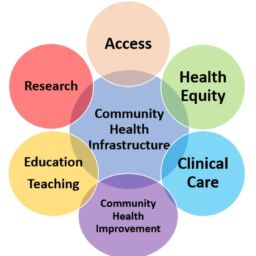
An opportunity for charitable pharmacies to collaborate with oncology practices for non-oncology medications during and after treatment.

